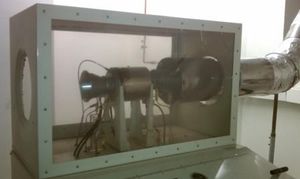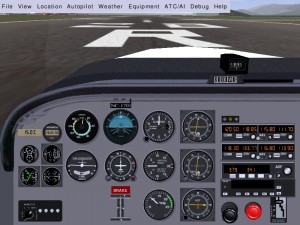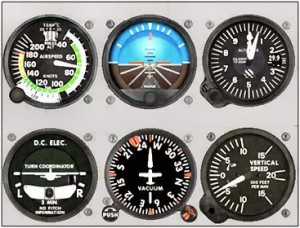As we were building our airplanes today our mood music was actually listening the Boston Logan Control Tower. You can listen to ATC streaming live here.
In the morning, many of our students were busy finishing their Cadet Balsa planes. Others started building some more advanced White Wing Biplanes.
We also visited the Boston University Smart Lighting Center where the students learned about new LED lighting methods.
In the afternoon students continued to work on their airplanes.
In the afternoon, Joe Estano showed us a working jet engine. This small jet engine only exerts about 25 lbs. of force but was LOUD!
Then, our mentor David Millner gave us a lesson on how to fly a plane. He explained the instrument panel and gave us a lesson on how to play Flight Simulater.
We finished the day with an explanation of how Jet Engines work by Professor Sheryl Grace. We got into the mathematics of jet engines and did some calculations on the efficiency of jet engines.



